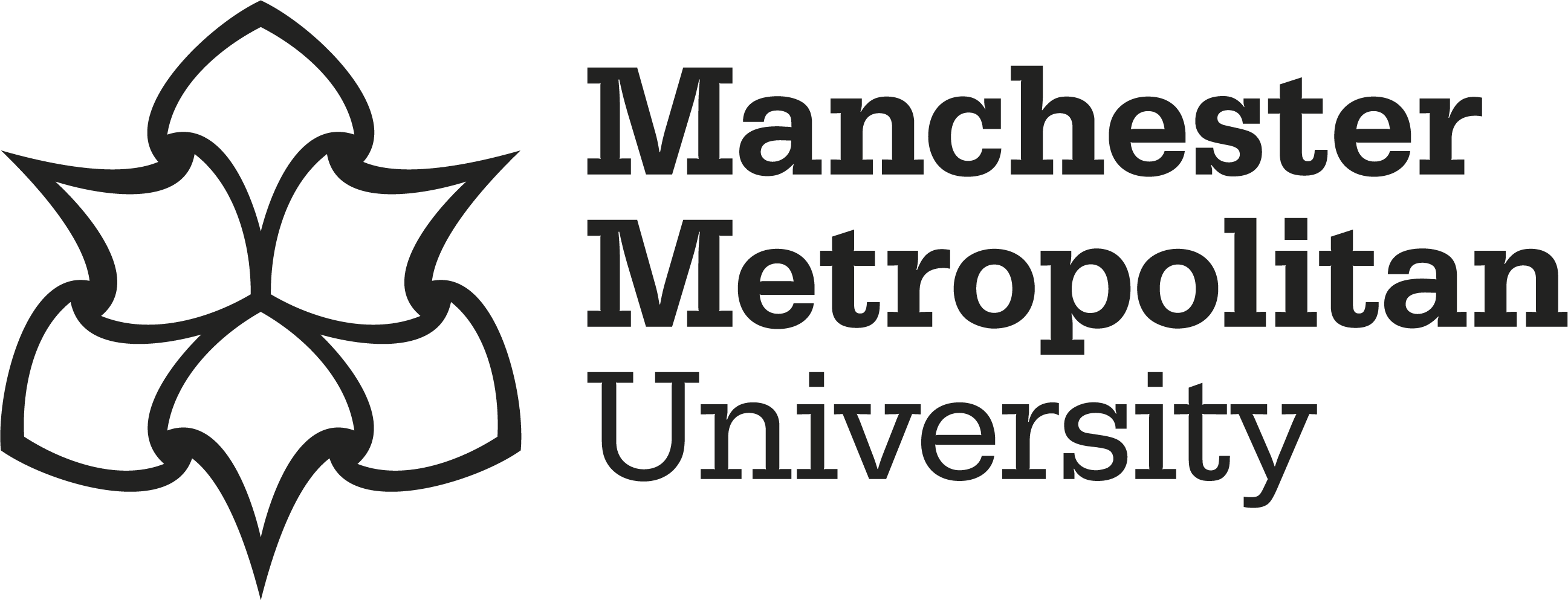Houseago, R. C. 







|
Published Version
Available under License Creative Commons Attribution. Download (4MB) | Preview |
Abstract
The surface roughness of river beds affects flow resistance and sediment transport. In rough‐bedrivers (RBRs), where flow is shallow relative to roughness height, the surface roughness is difficult to define due to complex multi‐scale roughness elements (bedrock, boulders, and sediment patches). Here, neither the sediment grain size distribution percentiles (e.g., D84) nor the bed elevation standard deviation (Zσ) fully captures the surface roughness. This paper uses high‐resolution digital elevation models of 20 RBR reaches to evaluate their channel morphology and surface roughness. A set of 29 different multi‐scale elevation, gradient‐based, and area‐based, roughness metrics are assessed. Correlation analysis and robust feature selectionidentified interchangeable metrics, revealing which roughness metrics provided independent information on channel characteristics. Principal component analysis and hierarchical clustering analysis showed that a comprehensive description of RBR topography requires the concurrent use of multiple metrics encompassing(a) a vertical or horizontal scale‐based roughness metric, (b) a slope‐ or area‐based metric, and (c) surface elevation skewness or kurtosis. Slope‐ and area‐based metrics can include roughness directionality relative to the bulk flow. We demonstrate how surface roughness metrics, specifically the use of multiple metrics in unison, are suitably capable of representing and distinguishing between RBRs with differing characteristics. In some cases, rivers with different morphology types (e.g., boulder bed or bedrock) are found to have greater similarity in their surface roughness metrics than rivers classified as morphologically similar. We then discuss RBR morphological and roughness characteristics in the context of flow resistance and sediment transport processes.
Impact and Reach
Statistics
Additional statistics for this dataset are available via IRStats2.


